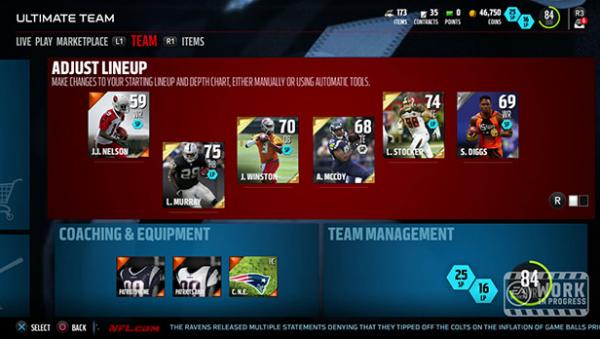Microtransactions have have become a tremendous part of games over the past few years, especially on mobile. For a small sum, players can purchase content that ranges from add-on expansions to boosters that saves time or provides an advantage, like card packs for Hearthstone, which either earns extra revenue over the initial price of the game or supplements free-to-play titles.
One company that has a lot of experience with microtransactions is Electronic Arts, publisher of popular games like Madden, FIFA and recently released Star Wars: Battlefront. Speaking at the UBS Global Technology Conference (via Gamespot), EA CFO Blake Jorgensen discusses how the best approach toward offering microtransactions involves keeping customers engaged with games.
The first thing he discussed was the general model for downloadable content, which a lot of games have. “Our game teams are all thinking through, ‘What’s the engagement model to keep the consumer, to really entertain the consumer for a long period of time ‘
“When you think about that, it’s not really the economics; the economics come afterward. There might be multiple models of ways to engage people.”
Jorgensen referred specifically to Madden NFL Ultimate Team, explaining, “The fundamental way that we as an organization think about [microtransactions and subscriptions] is all about engagement”
Ultimate Team is an interactive card game, included as a Madden NFL 16 mode, where players assemble a fantasy team, then pit them against other players online. Players can unlock or purchase additions to their decks to put together their dream team.
“How do we engage the consumer as long as possible ” he continued. “In the old days, people played Madden for a few months and then stopped playing. When the Super Bowl finished, they were completely gone. Today, with Ultimate Team, they engage for 12 months, all the way up until the time you start playing a new season.”

When it comes to finding an ideal payment model, Jorgensen stated, “What we want to do is give the consumer a great value for their money and keep them deeply engaged in something they love to do.”
However, Jorgensen noted concern over flawed season passes and games that require payment to get the most enjoyment out of them, particularly on the mobile front. “And a lot of mobile games don’t allow you to have fun unless you’ve paid for it,” he said. “So we’re looking at new models of ways to try to alleviate some of that fatigue that’s going on. Some of those might come in the form of subscription-style, but some of them might simply come in different ways to play games over time so you don’t feel like you’re always getting nickel and dimed.”
Feedback on the Star Wars: Battlefront Season Pass, which varies in price depending on which version of the game was purchased, has been mixed. Some players are excited about the new maps and Star Cards (equipment and skill bonuses), while others think more content should have been offered in the main game. However, EA is still keeping its players in mind by offering the Force Awakens-specific Battle of Jakku map on December 8th free of charge.
It appears as though the key to a successful microtransaction or season pass program is to properly engage with players so that they get the most out of their money. Free stuff doesn’t hurt either. Two of EA’s bigger titles for the year, Need For Speed and Rory McIlroy’s PGA Tour, provide free downloadable content for its fans.
EA’s 2016 line-up includes Plants vs. Zombies: Garden Warfare 2, Mirror’s Edge Catalyst, and the highly anticipated Mass Effect: Andromeda in addition to its annual sports offerings.


